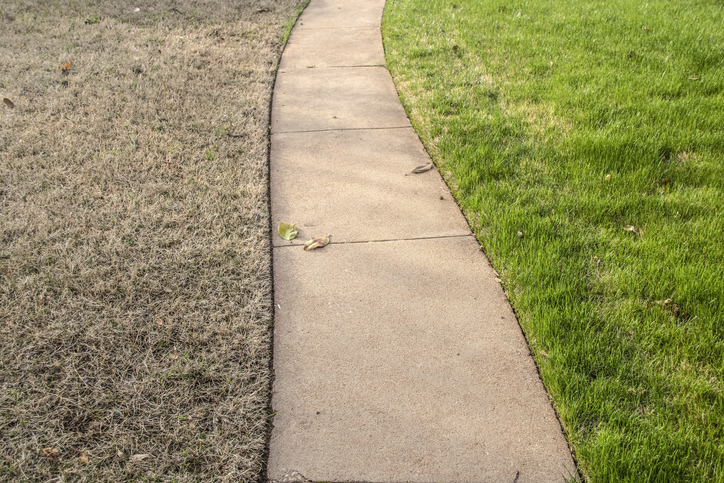Your Cart
(405) 550-0002
Call us for more information
Refer a Friend
Invite & Earn Rewards
Career
Opportunities








